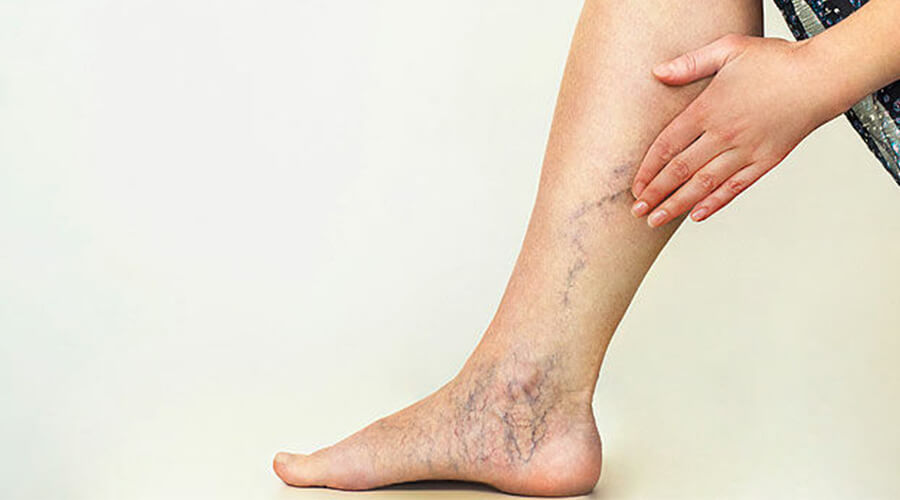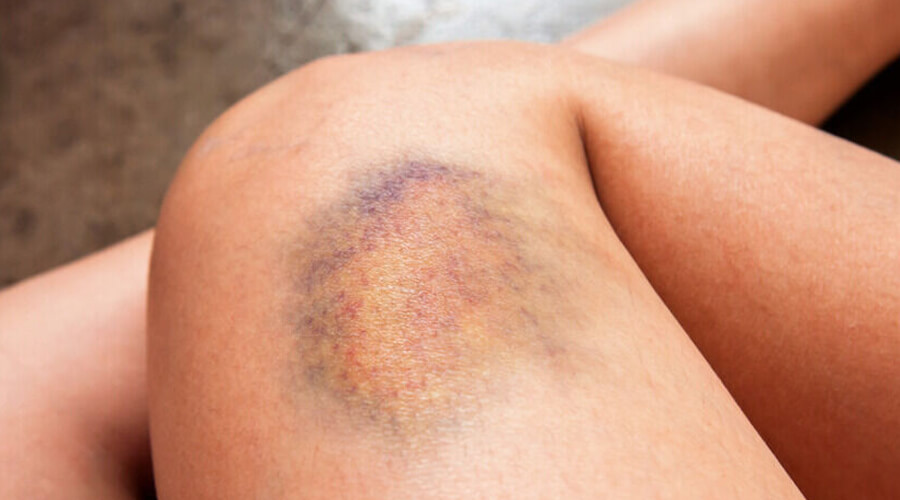

Deep vein thrombosis can occur without any symptoms, which unfortunately increases the chance of the clot getting into the lungs and causing an embolism. It is important to remember that the treatment of thrombosis requires a specialist, so home remedies are not recommended. In this article, we have included pictures of deep vein thrombosis and pictures of thrombosed legs so that you can tell when you have a serious problem.
Some symptoms may also indicate a thrombosis, so you should seek medical advice as soon as possible.
Symptoms of thrombosis occur first in the leg. Now you can find out which symptoms should not be ignored. Signs of thrombosis in the leg are noticeable. Signs of thrombosis in the leg:
The first is swelling of the feet. This is one of the most common complaints of deep vein thrombosis. Clots block the blood flow, which can cause congestion and oedema. The leg swells very strongly and you can clearly see the difference between the two limbs. We can also show you pictures of leg swelling.
Thrombosis on foot illustrated by pictures:


During a thrombosis, there may be a sharp pain in the limbs, but it may also be just a muscle fever-like pain. It can also be easily confused with other problems such as varicose veins, muscle pain or joint pain. So if you feel unexplained pain in your legs, it’s worth seeing a doctor to be on the safe side. Unfortunately, in the case of thrombosis, the uncomfortable pain only increases with movement.
If you have a thrombosis, you shouldn’t move, because unfortunately the clot can break off and it’s very uncomfortable and dangerous. Treatment of leg thrombosis is carried out by a specialist. Deep vein thrombosis should also only be treated by a doctor. So, the treatment of thrombosed foot is always a medical procedure and so treating thrombosis at home is not recommended. Above are pictures of a thrombosed leg.
Because the clot blocks the blood flow, discolouration can develop on the limb without bruising, which is a sign of superficial thrombosis. This should not be confused with a blue-green spot from an injury, as it affects a much larger area.
Unfortunately, it is also possible that the blood clot from the deep vein thrombosis has already broken off and a pulmonary embolism has formed, with signs of severe chest pain, coughing and even spitting up blood. It is also similar to a heart attack. A sharp and stabbing pain develops, especially when breathing deeply. An ambulance should be called immediately.

In addition to chest pain, you may also experience shortness of breath and a rapid pulse, as the clot prevents blood flow and therefore oxygen starvation.
In many cases, the onset and progression of thrombosis can be “silent”. Unfortunately, once a thrombosis has occurred, the likelihood of it recurring is high, so it should be monitored.

It is a well-known and accepted fact in the field of medicine that creams have been used for centuries as a form of medicine. Their action is based on the fact that our skin – our largest organ – is a lively metaboliser, secreting and absorbing substances. This enables it to absorb the active ingredients in creams and deliver them to the subcutaneous layers. The biggest advantage of a topical, massage-in cream treatment is that the active herbal ingredients in the cream are fully absorbed and act where they are needed. The best choice for herbal balms are those with high active ingredients.
One such product is HillVital VARIKOFLEX Balm. It is quickly absorbed and has a herbal effect.


